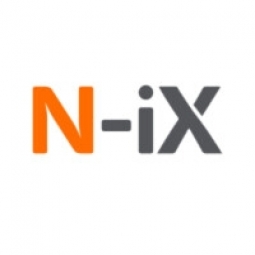Streamlining Hiring Process through RPA: A Case Study
- Networks & Connectivity - 5G
- Platform as a Service (PaaS) - Application Development Platforms
- Automotive
- Retail
- Behavior & Emotion Tracking
- Onsite Human Safety Management
- System Integration
The client, a rapidly expanding European tech company with over 2,000 tech experts, was grappling with the challenge of managing over 400 active job vacancies. The hiring process was labor-intensive, requiring significant manual work for communication, monitoring, analyzing, and prioritizing job postings. The company used the CATS applicant tracking system, JIRA, and Google services to manage their vacancies and post them on an external job search platform. However, these systems were disjointed, leading to manual job posting and updating. This disjointed and manual process was slowing down the hiring process and reducing its effectiveness in finding the right experts. The client needed a solution that would connect all systems and reduce the amount of manual work required.
The client is a fast-growing European tech company with over 20 years of market presence. The company boasts a team of over 2,000 tech experts and partners with leading global enterprises and Fortune 500 companies from various industries, including telecom, automotive, retail, and industrial manufacturing. With over 400 active vacancies, the company was seeking to improve and automate their hiring process, which was labor-intensive and required significant manual work for communication, monitoring, analyzing, and prioritizing job postings.
The solution involved the use of UiPath, an automation tool, to create a complex integration between the website, the applicant tracking software, and the job posting platform. The platform did not have an API, necessitating the creation of a complex logic that would account for all use cases and work properly with all elements. The team also identified and implemented workarounds for the limitations of Google API and added new features to the job posting flow, such as the automated creation of Google Meet links for each case. The solution enabled the recruitment team to prioritize job postings and update information on the platform without manual interaction. It also allowed for the publication of vacancies on external job portals and the management of published jobs according to the centralized source of truth - the applicant tracking system (CATS). An RPA bot was implemented to create all the artifacts for the process and mimic the behavior of a real user.
Related Case Studies.











